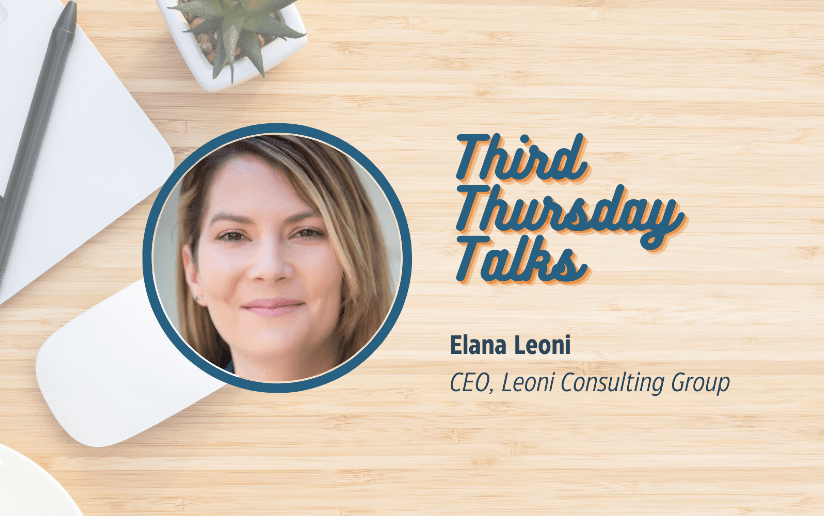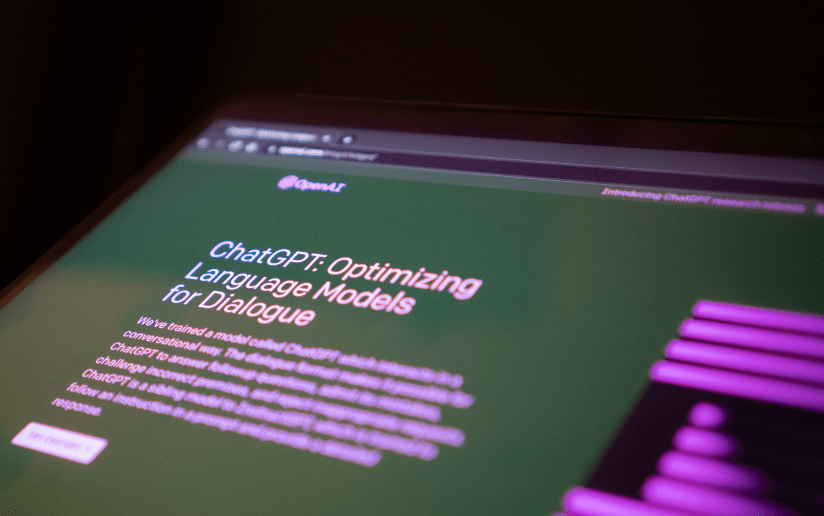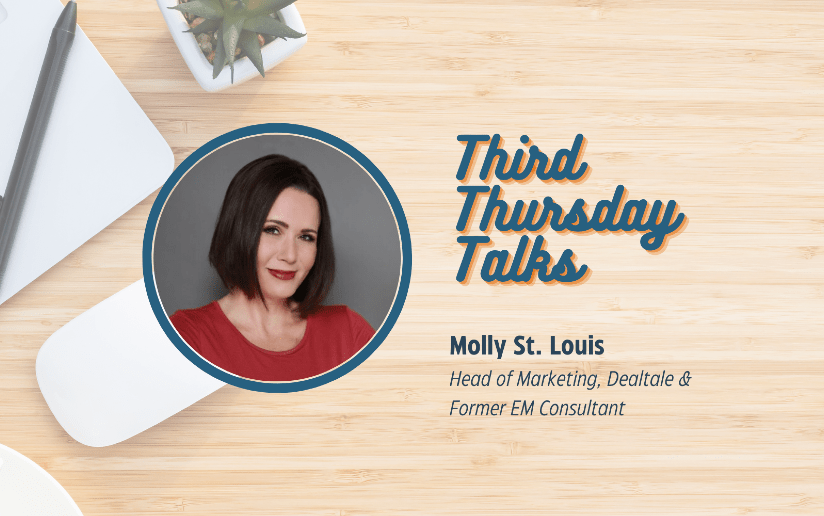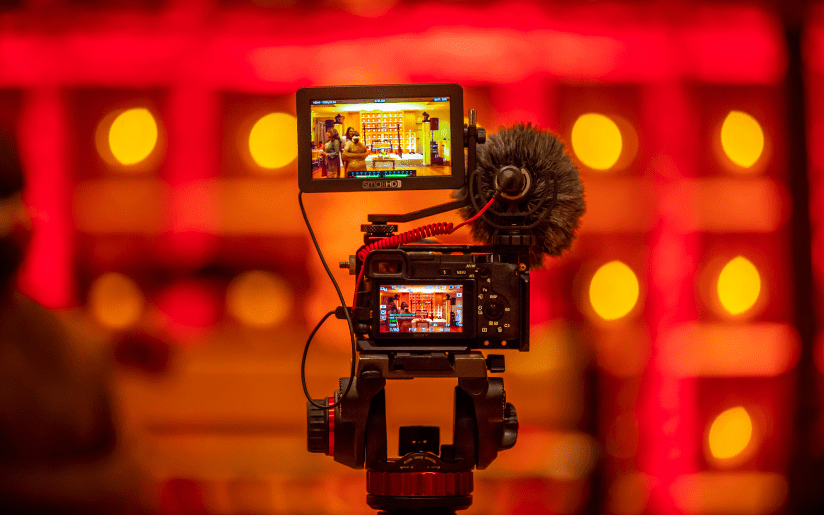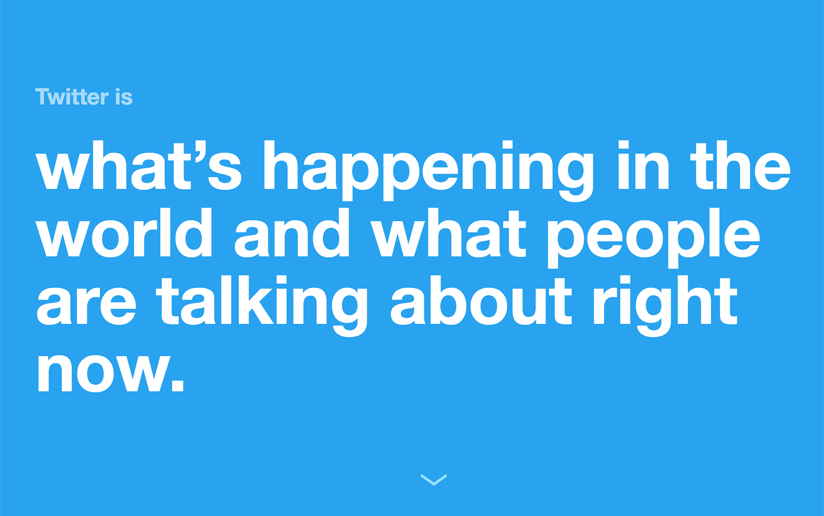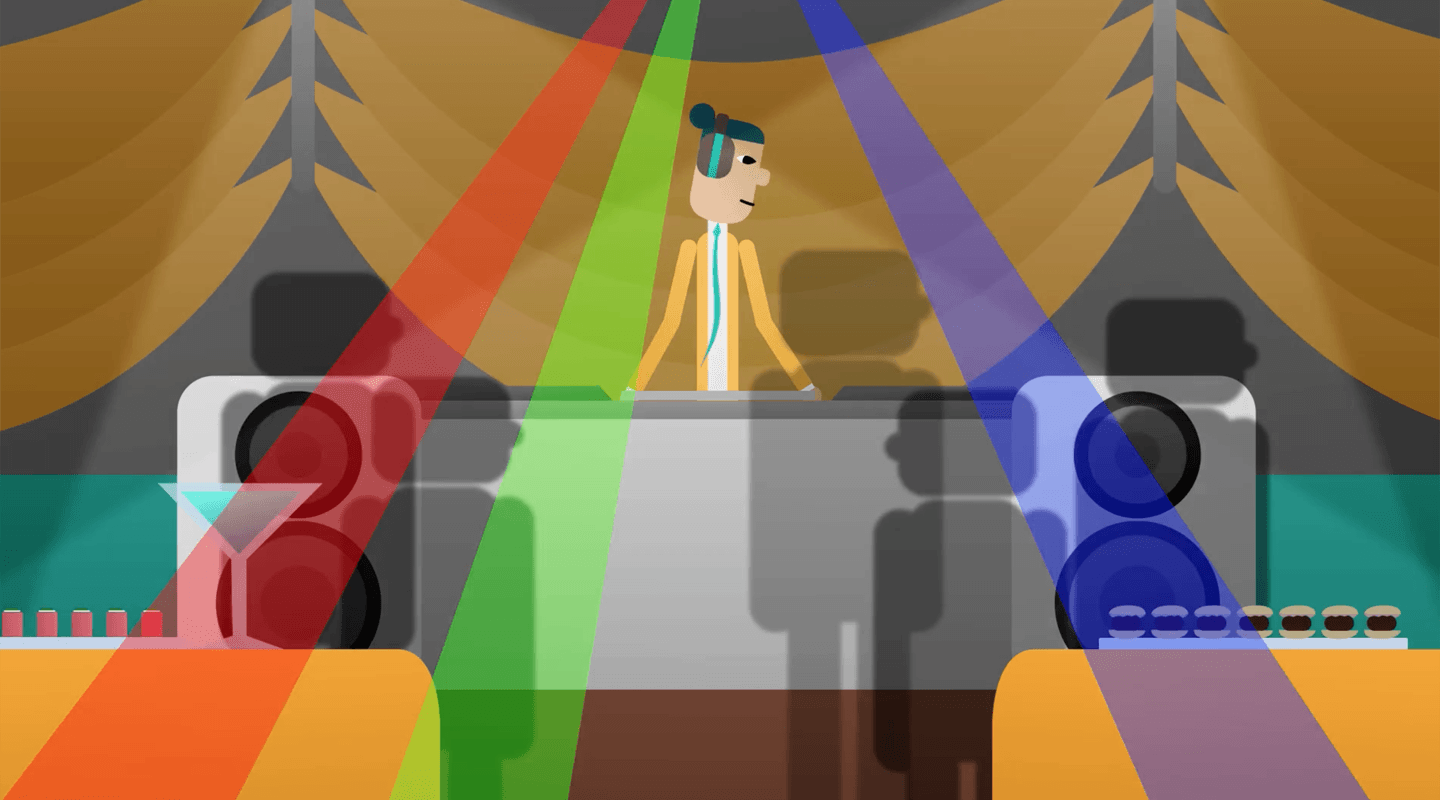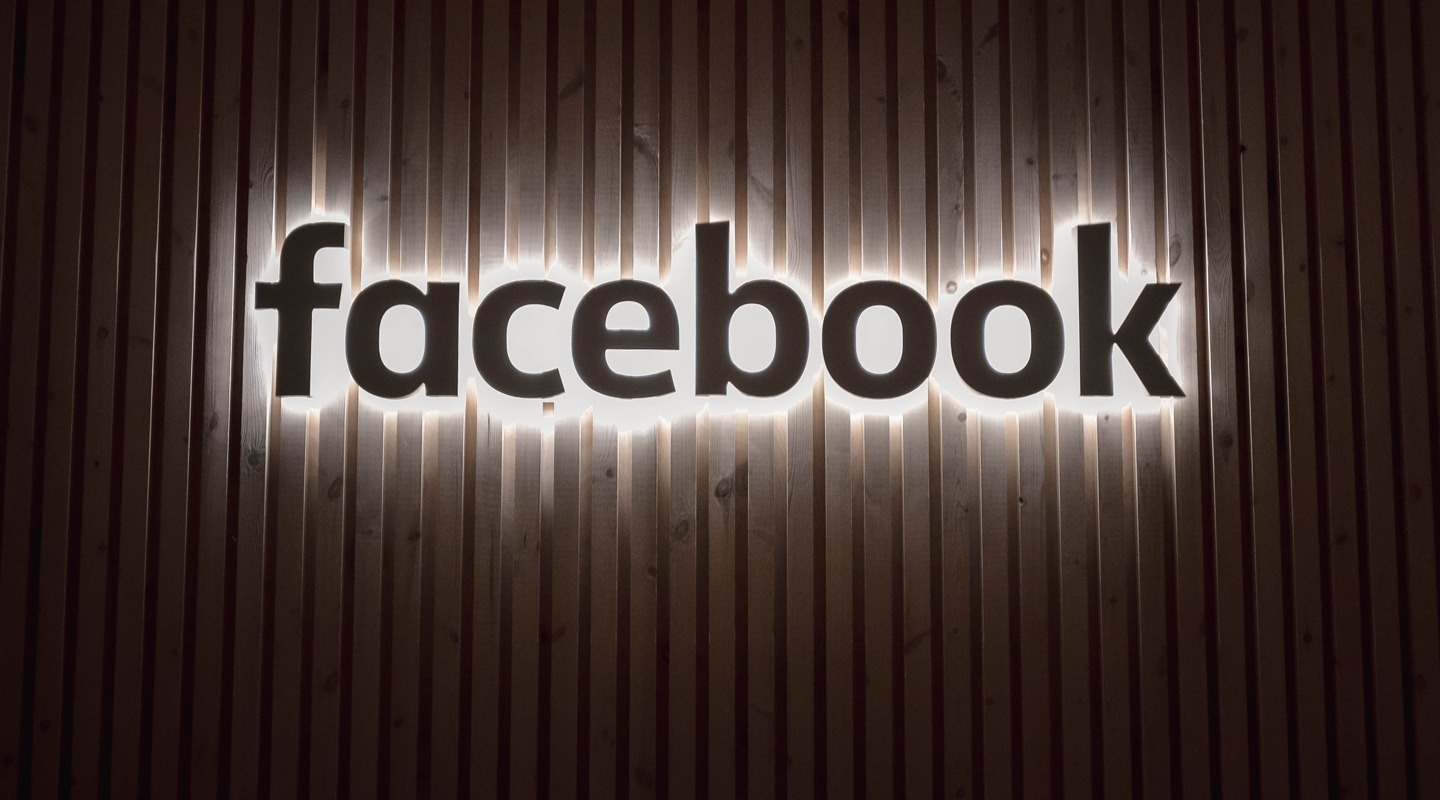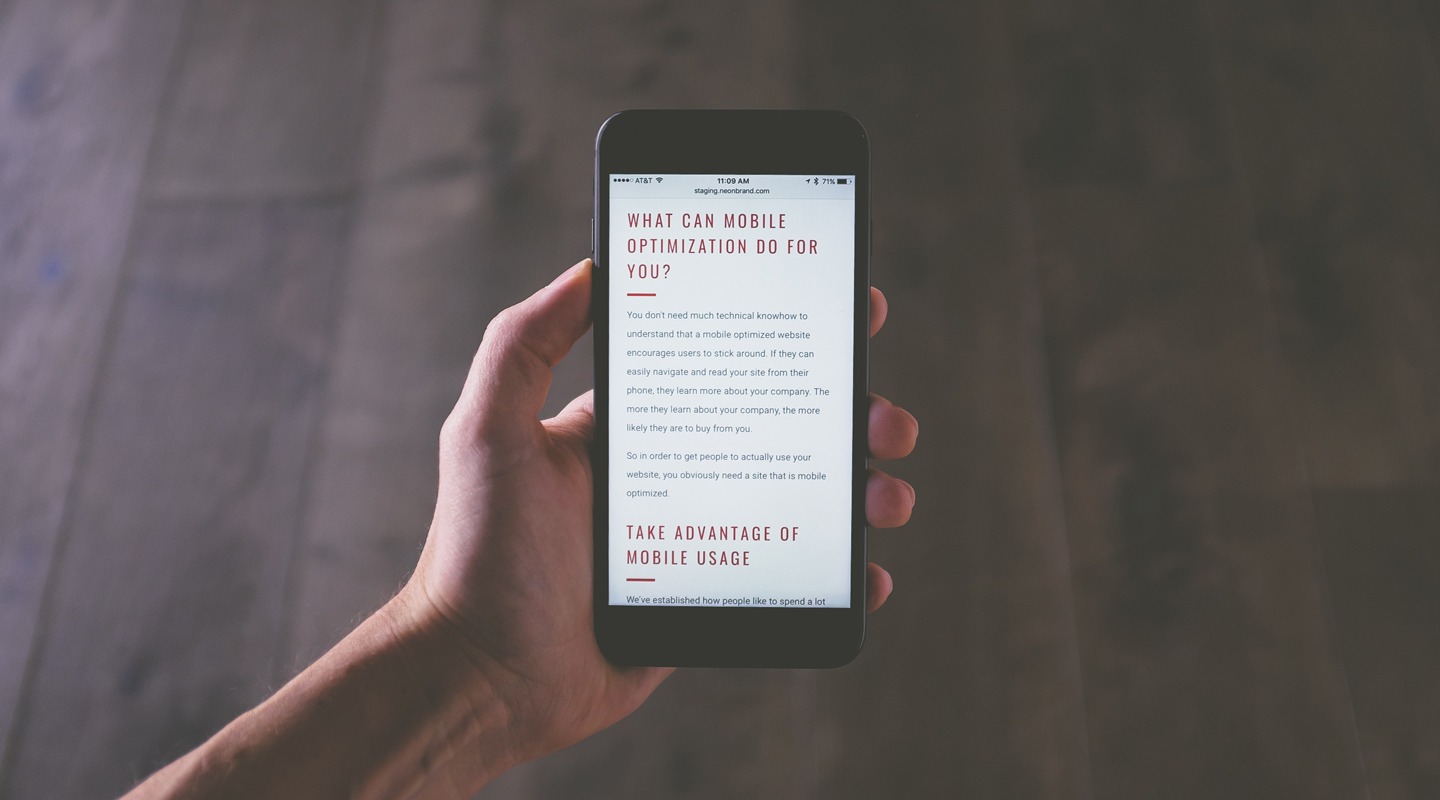
Sponsored Content: What Is It and Should You Do It?
What is sponsored content? Contently defines it as “brand-sponsored articles and videos that appear on the sites and social platforms of publishers and influencers.” Although brands can benefit from sponsored content placement, it can look like editorial content and mislead the reader. It has sparked a debate in the industry.

The Debate About Sponsored Content
I had first heard about sponsored content in a very emotional context. My beloved go-to blog The Daily Dish by Andrew Sullivan had declared sponsored content to be the death of journalism. In particular, he excoriated The Atlantic, where he used to pen his column (before he dove into the gated content/subscription model). He felt it lessened The Atlantic‘s authority and would lead to erosion of editorial integrity.
Then I came upon sponsored content as a proposed alternative to AdWords, in the face of rising usage of ad blocking software. Advertisers are turning more to native advertising to combat banner blindness and achieve a higher ROI. It creates more of a personal relationship with the end consumer through storytelling.
Traditional banner ads do the opposite. While they can provide reach and drill a message into someone’s head, the sale rarely happens. People tire of seeing, “CLICK THIS NOW” or “BUY TODAY” repeatedly from brands. In studies, native advertising has shown to be 59% more interesting, 50% more informative, and generates 82% more brand awareness. In comparison, 77% of traditional banner ads are never even seen. (Shout-out to Rolando Rivero, account manager at revcontent, for this info!)
The debate over the ethics of sponsored content goes on. But there’s no doubt — it’s not going away anytime soon. Moz has a great in-depth study of how it is being used to date, issues, and opportunities.
A Content Strategist’s Perspective
When my colleague at EM Marketing, Melissa Lin, concluded a sponsored content campaign for her client, I decided to ask her about it.
Melissa, an ace content strategist, wanted to explore ways to bring more attention to the content for her product group. She had read a case study from Taboola, one of the leading agencies in this area, and read about sponsored content on Neil Patel’s blog. Then she started to notice it, even on people’s personal pages.
After reviewing distribution channels, Melissa decided to go with revcontent, which allowed her more choice about where her content would appear.
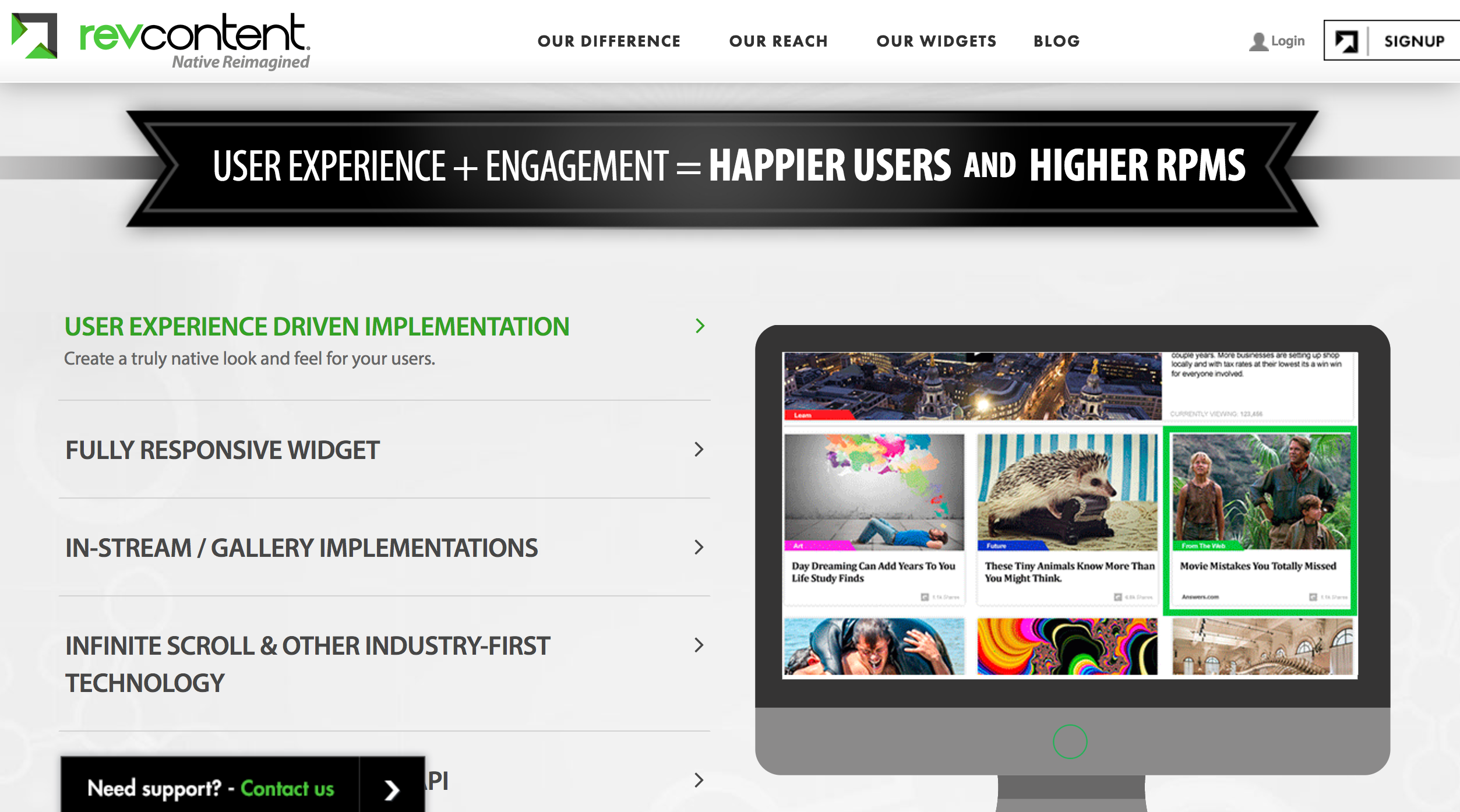
The Process
Step 1.
Once she’d chosen an agency, she had to decide on the content. She employed the classic marketer’s question and asked, “Where do my customers’ greatest needs intersect with what we have to offer them?” Out of that, the team came up with three pieces of content.
Step 2.
Each article had to be submitted with three subject lines and three images so that they could optimize campaign performance. Once a week, Melissa tweaked the content after meeting with her account manager, who suggested improvements in the imagery based on what had worked well for other advertisers.
Concerns about Sponsored Content
Let’s take a break in the “how to” and talk about one of the barriers many marketers face when considering sponsored content. First, “click bait” images and article titles can be so over the top that many marketers cannot take the category seriously. Even if you don’t have an over-the-top title or image, you have no control over other content you’ll be shown with (despite the fact that revcontent lets you select the channels to be displayed on).
Second, this marketing tactic does live and die by grabbing attention. So, in order to improve view-to-click ratio, Melissa had to be willing to change the original images and titles to those suggested by her account manager. Nothing NSFW to be sure, but on the verge of being click bait.
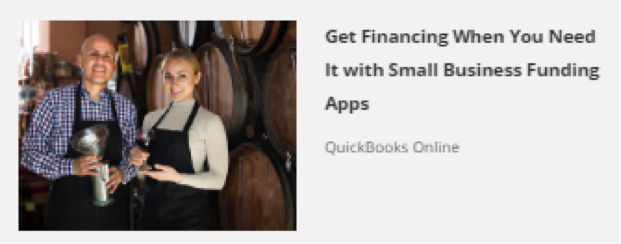
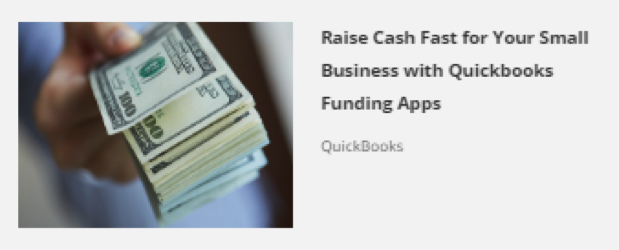
The Process, Continued
Step 3.
Once the campaign had run its course, what were the results? By the end of the campaign, Melissa had ended up with a very solid CPC ($0.09) bringing thousands of new visitors to her site. She garnered a higher-than-average CTR (thanks to the mid-campaign tweaking of images). However, she was disappointed with her bounce rate. That is, she’d hoped for an action after the visitors came to read the article; they didn’t go from there.
Learnings
Sponsored content can bring you new traffic at a good price. Be willing to let your account manager be your advisor to get best results. Keep in mind, this traffic will be top of the funnel i.e., people willing to learn about you. It’s not necessarily a way to find people ready to make a bigger step, like starting a free trial (or two separate trials, in Melissa’s product’s case.)
Depending on your goals, you may want to give sponsored content a try to see if it works for your product!


